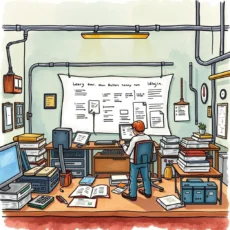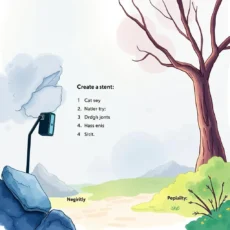Test criteria builder: Define criteria for effective test case design
The test criteria builder helps you create, organize, and manage test cases easily. Streamline your testing process with clear objectives and steps!

Similar apps
Crafting comprehensive test criteria for enhanced validation processes
Maximize your test case design with streamlined input fields

Efficiently define test case title
Easily enter a concise title for your test case to provide a quick reference. This feature ensures that each test case is clearly identifiable, setting the foundation for organized documentation and stress-free navigation.

Clarify your test objectives
Input clear objectives to outline what the test aims to achieve. This field allows you to articulate specific targets, helping team members understand the focus of the testing process and ensuring alignment with overall project goals.

Detail the test case description
Provide a thorough description of your test case to give context and background. A well-defined description aids in better collaboration among team members by ensuring everyone comprehends the purpose and methodology involved in each specific test.

Specify expected results concisely
Clearly articulate what outcomes you expect from your tests. Defining expected results not only helps validate actual outcomes but also serves as a benchmark for evaluating overall system performance and functionality throughout testing stages.

Outline detailed test steps
List step-by-step instructions necessary to execute the test effectively. By detailing every required action, this feature ensures that testers can follow structured directives, enhancing accuracy and consistency in validation activities.

Clarify test data requirements
Indicate any data requirements essential for executing tests accurately. Specifying these details fosters precise preparation and eliminates guesswork, allowing team members to have everything they need beforehand for successful testing.

Define your test environment conditions
Input crucial details about the environment where tests will occur. This ensures that all testers operate under consistent conditions, significantly reducing variability and improving reliability of results during validation processes.

Establish clear execution criteria
Outline criteria that indicate when a test is successful or complete. Having established execution benchmarks promotes transparency and accountability across teams while streamlining decision-making based on predefined standards.

Identify dependencies or prerequisites
Document any dependencies or prerequisite conditions essential for conducting the test cases. By clarifying these elements upfront, teams can strategically manage workflow dependencies, avoiding bottlenecks during the testing phases.
Additional information
Best for: Test Case Designer, Validation Engineer, QA Test Strategist, Test Architect





